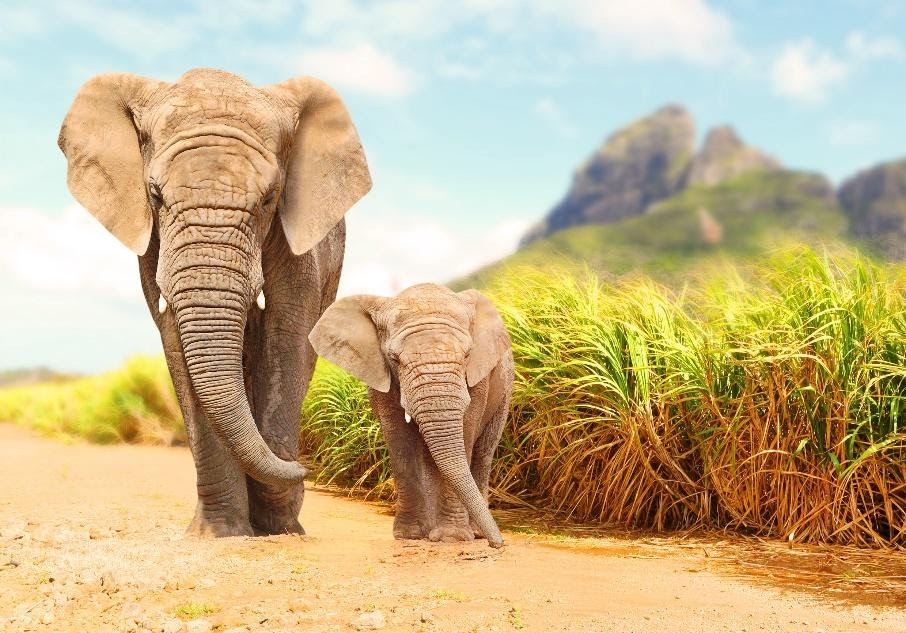
What is the largest land animal in the world?
Answer
415.2k+ views
Hint: The largest animals now found on Earth can be determined by a variety of factors, including mass, volume, area, length, height, and even genome size. Some creatures (such as ants or bees) form a superorganism; however, these are not classified as single huge organisms. The Great Barrier Reef is the world's biggest living structure, stretching
Complete answer:
The African Elephant is the largest land animal. It is not, however, the world's largest land animal. There have been animals far greater than an African Elephant in the earth's
Weight, height, and length are all factors that can be used to evaluate animals around
the world. The average weight of an African elephant is
conflict is a result of Asian elephant habitat decline.
The Antarctic blue whale (Balaenoptera musculus ssp. Intermedia) is the world's largest animal, weighing up to

Note:
The gigantic sequoia is the world's largest single-stem tree in terms of wood volume and mass. It normally reaches a height of
The aspen tree, with colonies of clones that can grow up to
Posidonia oceanica, a big marine plant discovered near the Balearic Islands in Spain, is another flowering plant that competes with Pando as the world's largest organism in terms of breadth, if not mass. It is approximately
Complete answer:
The African Elephant is the largest land animal. It is not, however, the world's largest land animal. There have been animals far greater than an African Elephant in the earth's
Weight, height, and length are all factors that can be used to evaluate animals around
the world. The average weight of an African elephant is
conflict is a result of Asian elephant habitat decline.
The Antarctic blue whale (Balaenoptera musculus ssp. Intermedia) is the world's largest animal, weighing up to

Note:
The gigantic sequoia is the world's largest single-stem tree in terms of wood volume and mass. It normally reaches a height of
The aspen tree, with colonies of clones that can grow up to
Posidonia oceanica, a big marine plant discovered near the Balearic Islands in Spain, is another flowering plant that competes with Pando as the world's largest organism in terms of breadth, if not mass. It is approximately
Recently Updated Pages
Master Class 11 Economics: Engaging Questions & Answers for Success

Master Class 11 Business Studies: Engaging Questions & Answers for Success

Master Class 11 Accountancy: Engaging Questions & Answers for Success

Master Class 11 English: Engaging Questions & Answers for Success

Master Class 11 Computer Science: Engaging Questions & Answers for Success

Master Class 11 Maths: Engaging Questions & Answers for Success

Trending doubts
State and prove Bernoullis theorem class 11 physics CBSE

What are Quantum numbers Explain the quantum number class 11 chemistry CBSE

Write the differences between monocot plants and dicot class 11 biology CBSE

Who built the Grand Trunk Road AChandragupta Maurya class 11 social science CBSE

1 ton equals to A 100 kg B 1000 kg C 10 kg D 10000 class 11 physics CBSE

State the laws of reflection of light




